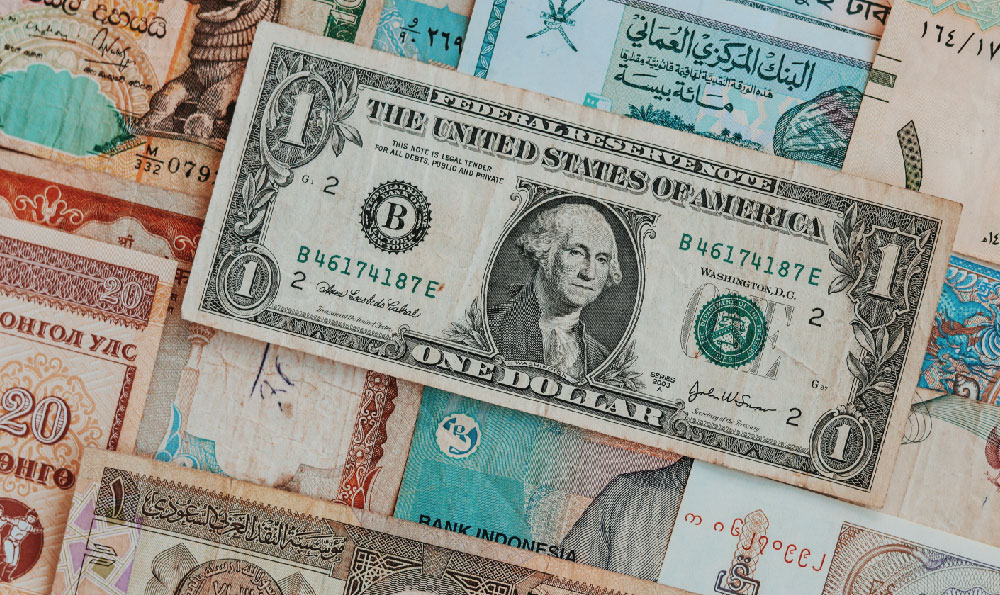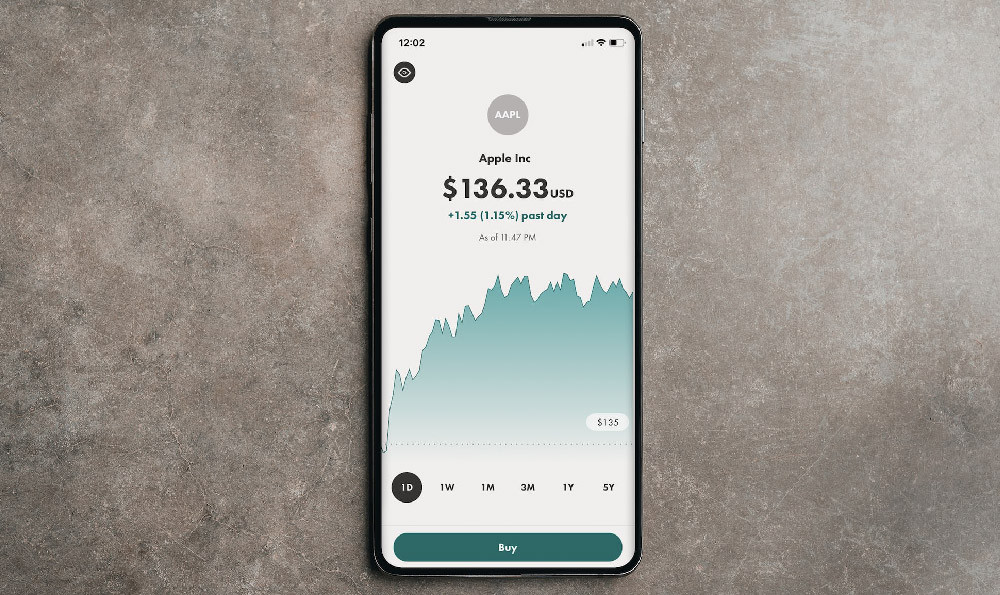How Do Pharmacies Profit? And Where Does the Money Go?
Pharmacies, cornerstones of community healthcare, generate revenue through a complex interplay of factors. Understanding their profitability requires delving into the various income streams and the allocation of funds across different operational aspects.
The most obvious source of income for a pharmacy is the sale of prescription medications. However, the profit margin on these medications is not as straightforward as it might seem. Pharmacies don't simply charge a markup on the wholesale price. Instead, they primarily rely on payments from pharmacy benefit managers (PBMs), insurance companies, and government programs like Medicare and Medicaid. PBMs negotiate drug prices with manufacturers and then reimburse pharmacies for dispensing medications to insured patients. The reimbursement rates are often based on a complex formula that considers the Average Wholesale Price (AWP), the Wholesale Acquisition Cost (WAC), and the Maximum Allowable Cost (MAC). The difference between what the pharmacy pays for the drug and what it receives in reimbursement constitutes the pharmacy's profit on that prescription. This profit margin can vary significantly depending on the drug, the PBM's negotiating power, and the pharmacy's contract terms. Generics generally offer higher profit margins compared to brand-name drugs, as the acquisition cost is usually lower, while the reimbursement rates might be similar. The rise of preferred pharmacies and narrow networks further influences profitability, as pharmacies within these networks often receive more favorable reimbursement rates but must meet specific performance metrics.
Beyond prescription drugs, pharmacies also generate revenue from over-the-counter (OTC) medications, health and beauty products, medical supplies, and convenience items. These sales generally have higher profit margins compared to prescription drugs, as pharmacies have more control over pricing and are not subject to the same reimbursement constraints. OTC medications, in particular, contribute significantly to overall profitability, as consumers are often willing to pay a premium for the convenience of purchasing these products at a pharmacy rather than a larger retail store. The sale of ancillary products like vitamins, supplements, and personal care items further diversifies revenue streams and enhances profitability. Pharmacies often strategically merchandise these products near the prescription counter or in high-traffic areas to encourage impulse purchases.

In recent years, many pharmacies have expanded their services beyond dispensing medications to include immunizations, medication therapy management (MTM), health screenings, and point-of-care testing. These services not only generate additional revenue but also enhance the pharmacy's role as a healthcare destination. Immunizations, particularly flu shots and other vaccines, represent a significant revenue opportunity, especially during peak seasons. MTM services, which involve pharmacists reviewing a patient's medications to identify potential drug interactions or adherence issues, are increasingly recognized as valuable for improving patient outcomes and reducing healthcare costs. Health screenings, such as blood pressure checks and cholesterol tests, provide another avenue for generating revenue and attracting customers. The expansion into these services reflects a shift towards a more comprehensive and patient-centered approach to pharmacy practice.
Having explored the sources of revenue, it's equally crucial to understand where the money goes. Pharmacies face a multitude of expenses that impact their overall profitability. The cost of goods sold, primarily prescription drugs and OTC products, constitutes a significant portion of their expenses. Managing inventory efficiently is crucial to minimize waste and ensure timely availability of medications. Personnel costs, including pharmacists, pharmacy technicians, and other staff, represent another major expense. Pharmacists' salaries are particularly significant, reflecting their expertise and responsibility in dispensing medications and providing patient counseling. Operational expenses, such as rent, utilities, insurance, and technology costs, also contribute substantially to the overall financial burden. Pharmacies must invest in technology to manage inventory, process prescriptions, and comply with regulatory requirements.
Furthermore, pharmacies face increasing pressures from PBMs to reduce reimbursement rates, which can significantly impact their profitability. The complex and opaque pricing practices of PBMs often leave pharmacies with little negotiating power. This can lead to situations where pharmacies are reimbursed less than their cost of acquiring the drug, forcing them to operate at a loss. Additionally, DIR (Direct and Indirect Remuneration) fees imposed by PBMs can further erode profitability, particularly for pharmacies that do not meet certain performance metrics. These fees are often assessed retroactively, making it difficult for pharmacies to accurately forecast their revenue.
Competition from mail-order pharmacies and online retailers also poses a significant challenge to brick-and-mortar pharmacies. Mail-order pharmacies often offer lower prices and greater convenience, attracting patients who are willing to sacrifice the personal interaction and immediate access provided by local pharmacies. Online retailers, such as Amazon, are also entering the pharmacy market, further intensifying competition.
To remain profitable in this challenging environment, pharmacies must adopt a multi-faceted approach. Building strong relationships with patients and providing exceptional customer service is crucial for retaining customers and attracting new ones. Investing in technology to improve efficiency and streamline operations can help reduce costs. Diversifying revenue streams by offering expanded services and ancillary products can enhance profitability. Advocating for policy changes that promote fair reimbursement practices and transparency in the pharmaceutical supply chain is also essential.
Finally, careful financial management is paramount. This includes accurately tracking revenue and expenses, monitoring key performance indicators, and developing a sound business plan. Pharmacies must also be proactive in negotiating contracts with PBMs and insurance companies to secure favorable reimbursement rates. By effectively managing their finances and adapting to the changing healthcare landscape, pharmacies can navigate the challenges and maintain their profitability while continuing to serve as vital healthcare providers in their communities.















